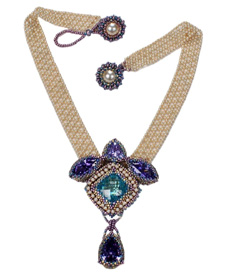|
Canyon petroglyphs attest to human
presence in southern Nevada for more than 10,000 years, and
members of the Paiute tribe were in the area as early as
700AD. Rafael Rivera was the first European to enter the
valley scotting the area in 1821 as part of an expedition to
open up a trade route, known as The Old Spanish Trail,
between New Mexico and California. He named the valley, Las
Vegas (the meadows) after its spring-watered grasses.
The area changed little over the
next 34 years until in 1855, Brigham Young sent a group of
Morman settlers to establish a mission. Sadly, due to
disappointing yields in nearby mining efforts, the group’s
leaders decided to abandon the fort in 1857.
While the Morman settlement proved
unsuccessful, their legacy continued in the adobe building
they constructed. The fort was once used as a store. Later,
the area was purchased for a ranch, then sold again to a
group of railroad companies. The railroad tracks went
straight through what is today, downtown Las Vegas. The
railroads brought gambling, casinos and showgirls to
Freemont Street (the only paved street) to attract railroad
and Hoover Dam workers. The dam was finished in 1936
offering cheap hydroelectricity to power the flashing signs
of Freemont’s “Glitter Gulch”!
All That
Glitters celebrates the
long history of Las Vegas, from the ancient peoples to the
world-renown city of “glitter” today. A central cushion-cut
CZ is surrounded by beadwork and baby cup chain. Pointing to
the stars are two beaded marquise-cut CZs and a trillion CZ.
A beaded pear CZ drop completes the pendant.
Six-sided
Right-Angle-Weave, using tiny pearls, makes for a lacey
necklace chain ending in beaded pearl buttons. Inspired by
the pyramids of Egypt and the Luxor Hotel this pendant is a
shining light in the midnight sky.
The finished necklace is 17"
but can be extended
|


